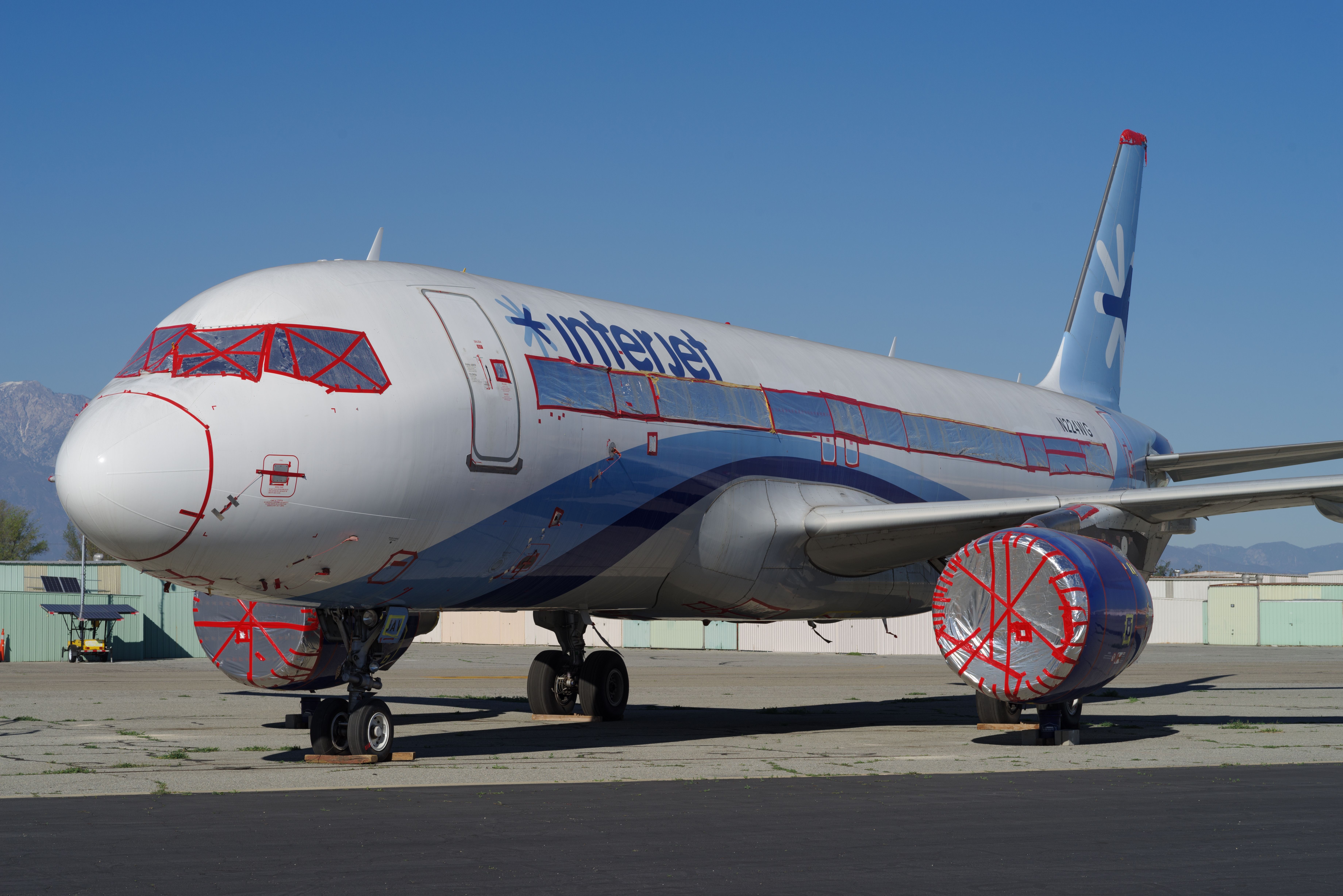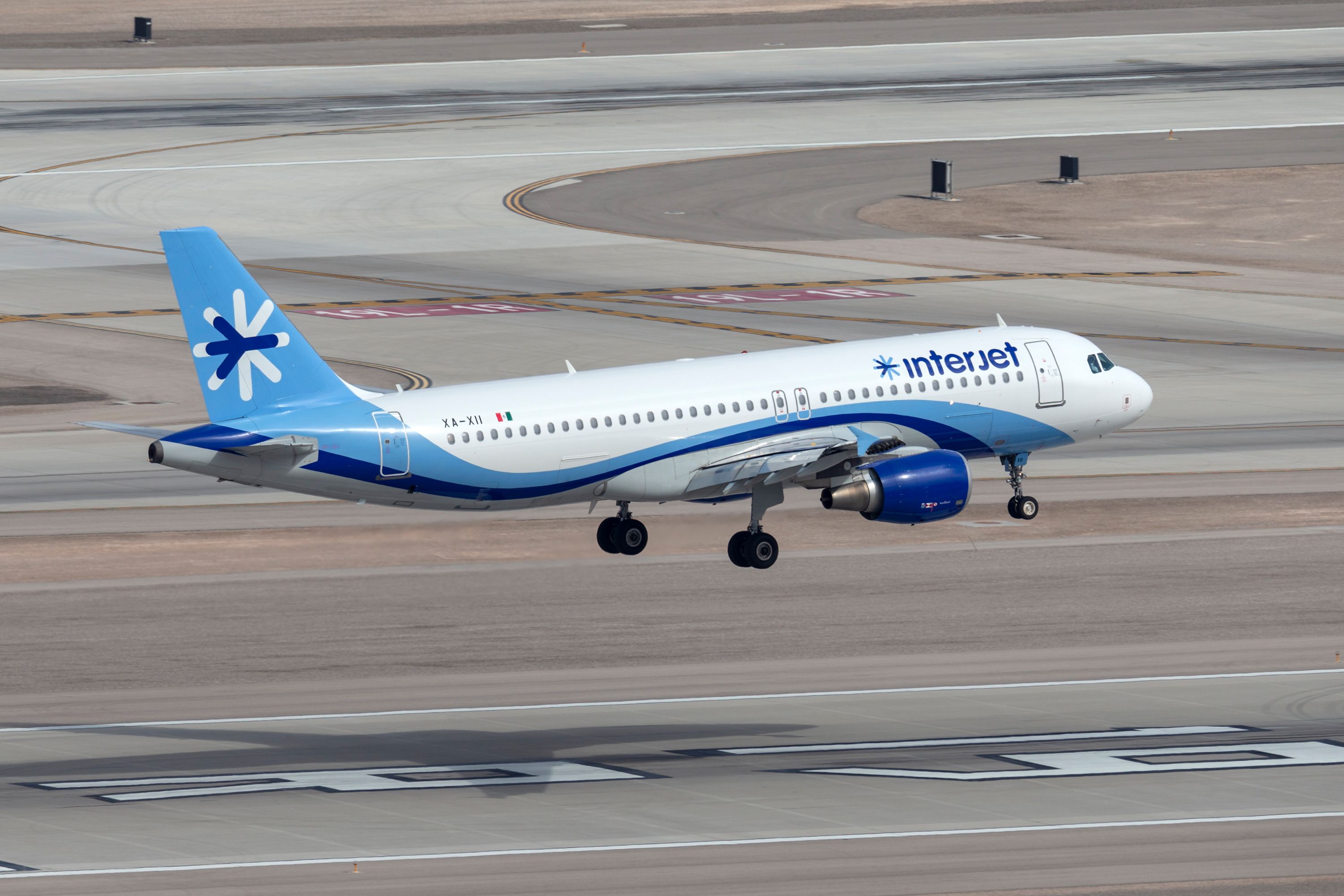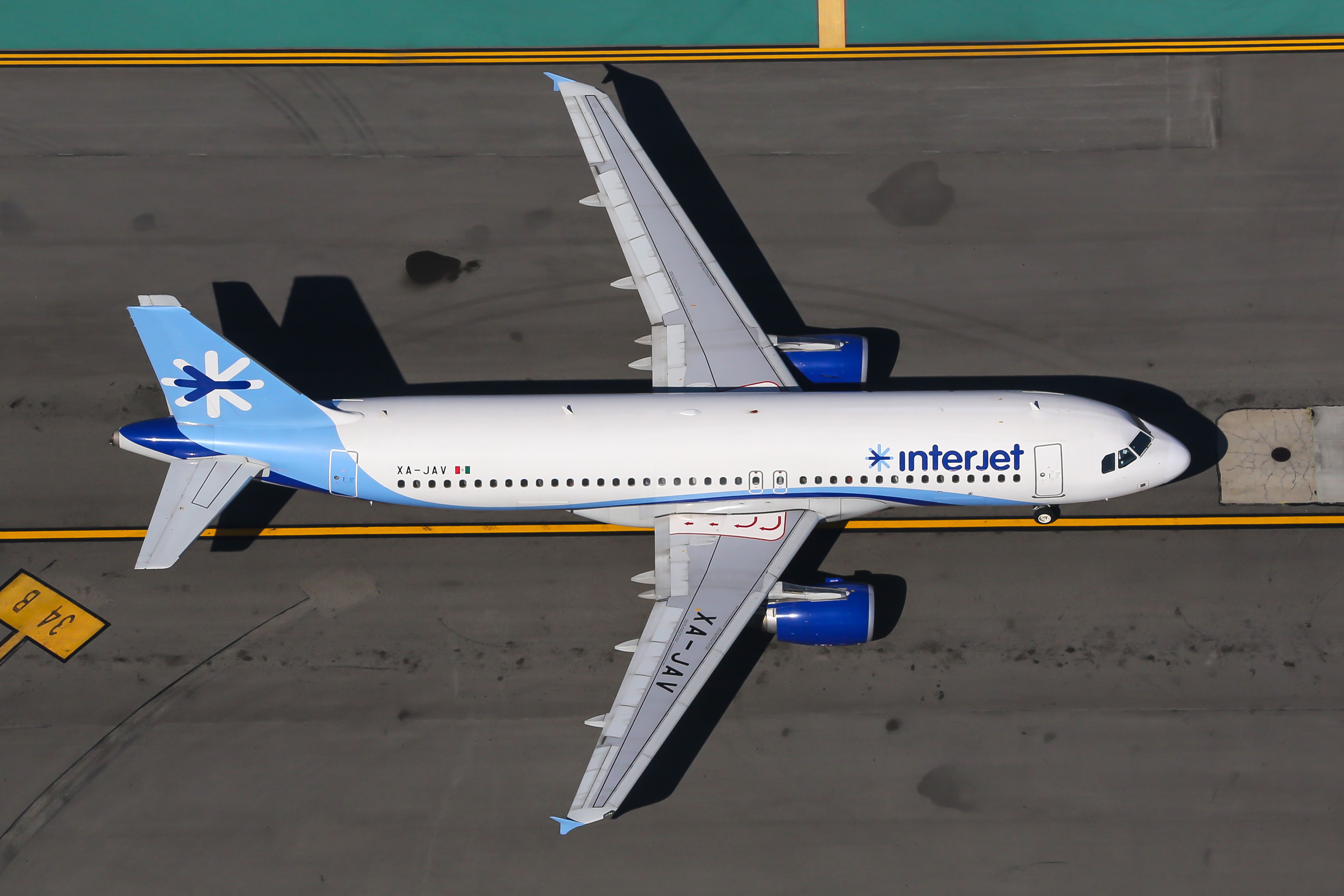After more than two years after its cease of operations, the Mexican airline Interjet was declared officially bankrupt on Monday, putting an official end to its history. The judge ordered Interjet’s assets to be sold to pay the company’s debts to its former employees.
Interjet is officially over
No one was expecting Interjet to rise from its ashes, despite numerous false announcements by the last owners. The Mexican carrier ceased operations in December 2020 after a prolonged financial crisis made worse by the COVID-19 pandemic. At the time, it was the country’s third-largest airline behind Volaris and Grupo Aeromexico. Interjet left a 15-million-passengers-per-year market that other companies have successfully grabbed, particularly Viva Aerobus and Volaris.
In August last year, Interjet formally entered into a Mexican bankruptcy process. Yesterday, a Mexican judge officially announced the bankruptcy of Interjet. He ordered the sale of the company’s assets to pay the debts to its former employees and other creditors. Nonetheless, experts have said that whatever amount is collected from the sale will not be enough to pay what is truly owned. According to reports by local media outlets, Interjet had a debt of around 1.4 billion Mexican pesos (about $80 million at today’s exchange rate).
Interjet’s demise
The Mexican carrier stopped flying in December 2020. By that time, the airline was a shell of its former past. In January 2020, prior to the COVID-19 pandemic, Interjet had a fleet of over 80 aircraft composed of two different types of planes. On the one hand, Interjet operated Airbus A320-family-based aircraft like most low-cost carriers in the region. But, on the other, it also had a Sukhoi Superjet 100 fleet, the only operator in the Americas of the Russian-made narrowbody.
Find the latest South American aviation news here.
Interjet posted net loss after net loss since 2017. It lost about $211 million between 2017 and 2019’s first quarters. The Sukhoi fleet caused financial problems for the company, but Interjet never defined its business model. The airline offered low fares competing with Volaris and Viva Aerobus but an onboard service that aimed to compete in comfort with legacy-type carriers like Aeromexico at the time. This disparity caused costs to skyrocket.
The COVID-19 pandemic was the final nail in the company. By March, Interjet began losing airplanes. One after another, the leasing companies repossessed their assets and left Interjet planeless. Three years later, some of Interjet’s former aircraft are still flying, and even one of them (which can be seen in Pakistan) still flies with the Mexican airline’s livery.
Interjet is one of the ten Latin American airlines to have folded since 2020. It is also one of the two Mexican carriers to have ceased operations since the pandemic began; the other one was the regional company Aeromar, which stopped flying in February 2023.
Interjet has been successfully replaced in the Mexican domestic market. But its cease of operations left a gap in a particular market, the Mexico-US.
Fabricio Cojuc, a senior airline and airport consultant in Mexico, recently wrote that the combination of the pandemic, Category 2 restrictions imposed on Mexican carriers, the enforcement of slot restrictions at Mexico City International, and the US airlines’ focus on Cancun rather than MEX strongly impacted demand in MEX-US routes that Interjet formerly served. For instance, the routes departing from MEX to New York (JFK), Los Angeles (LAX), Houston (IAH), and Miami (MIA) show a 15% average traffic loss.
Did you ever fly with Interjet? How did you find the experience? Let us know in the comments below.



